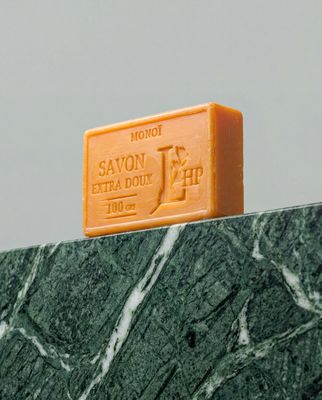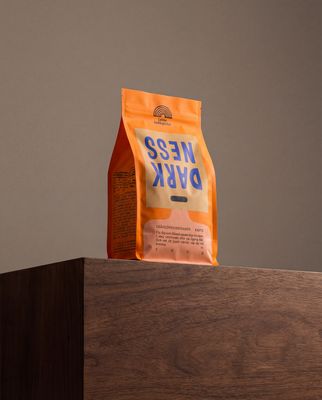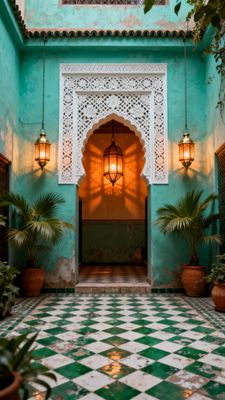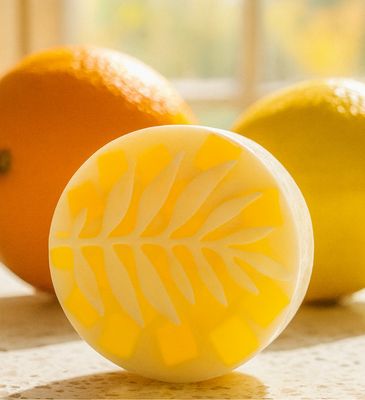Everything about the color Ocre
The meaning of the color ocre and color combinations to inspire your next creation.
Browse images in the color ocre
What color is ocre?
Ocre is a warm, earthy hue that sits between yellow and orange on the color spectrum. It evokes a sense of natural richness and historical depth.
What are similar colors to ocre?
For variations within the same warm and earthy spectrum as ocre, consider:
- Amber (#FFBF00) shares ocre's warm, golden undertones, offering a brighter, more vibrant alternative.
- Burnt Orange (#CC5500) closely resembles ocre with its deep, fiery hue, adding a touch of intensity.
- Terracotta (#E2725B) provides a softer, more muted version of ocre's earthy tones, with a hint of pinkish warmth.
What color goes with ocre?
To complement ocre's warm, earthy tones, consider pairing it with:
- Teal (#008080) offers a cool, contrasting balance that enhances ocre's warmth.
- Sage (#BCB88A) provides a gentle, muted green that harmonizes with ocre's natural feel.
- Lavender (#E6E6FA) adds a soft, soothing contrast to ocre's boldness.
- Cream (#FFFDD0) enhances ocre's warmth with a subtle, complementary lightness.
What color conflicts with ocre?
To avoid clashing with ocre's warm tones, consider avoiding:
- Black (#000000) can overpower ocre's subtle warmth.
- White (#FFFFFF) risks washing out ocre's rich, earthy depth.
- Gray (#808080) could dull the vibrancy of ocre's warm tones.
- Blue (#0000FF) may create a stark contrast that conflicts with ocre's natural warmth.
What does the color ocre represent?
Ocre represents warmth, earthiness, and a connection to nature, often associated with historical and cultural richness. It symbolizes stability and reliability. Psychologically, ocre can evoke feelings of comfort and security, providing a grounding effect. It is often used to create a sense of warmth and coziness in spaces. In art, photography, and design, ocre is used to convey a rustic or vintage aesthetic, adding depth and character to compositions.
What's the history of ocre?
The name "ocre" is derived from the Greek word "ochros," meaning pale yellow. Historically, ocre has been used as a pigment in art and decoration since prehistoric times, valued for its natural availability and earthy tones. It was commonly used in ancient cave paintings and by various cultures for its warm, natural hue. In modern times, ocre continues to be popular in design and fashion, appreciated for its timeless and versatile appeal.
Color Variations
Shades
Tints
Hues
Color Palettes
Monochromatic
Complementary
Analogous
Triadic
Tetradic
Images with ocre color
Color Conversions
#CC7722rgb(204, 119, 34)rgb(80%, 47%, 13%)0, 42, 83, 20hsl(30, 71%, 47%)30, 83, 80#CC772258, 27, 5732, 26, 558, 63, 6411001100, 01110111, 00100010Color(red: 0.8, green: 0.4666666666666667, blue: 0.13333333333333333)UIColor(red: 0.8, green: 0.4666666666666667, blue: 0.13333333333333333, alpha: 1.0)Color(0xFFCC7722)










